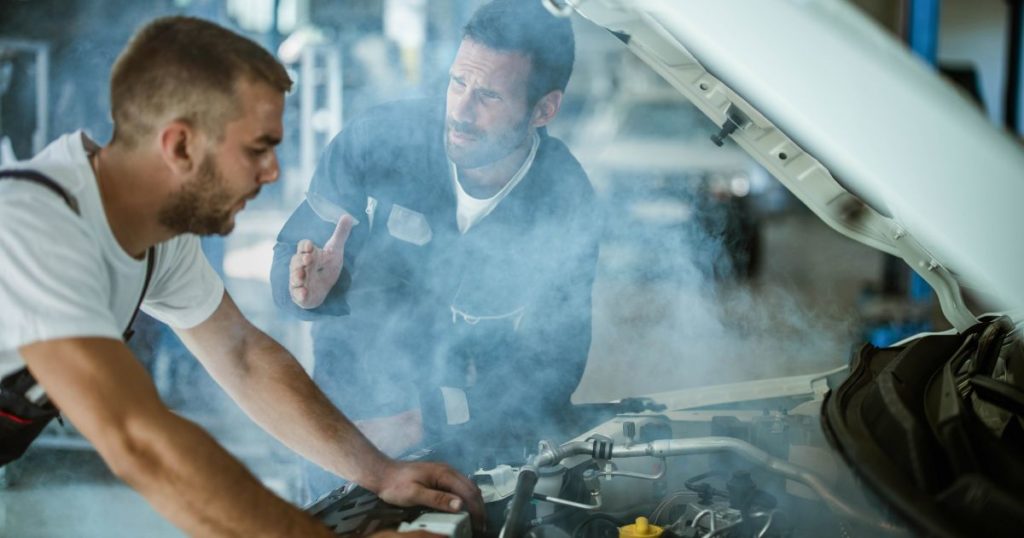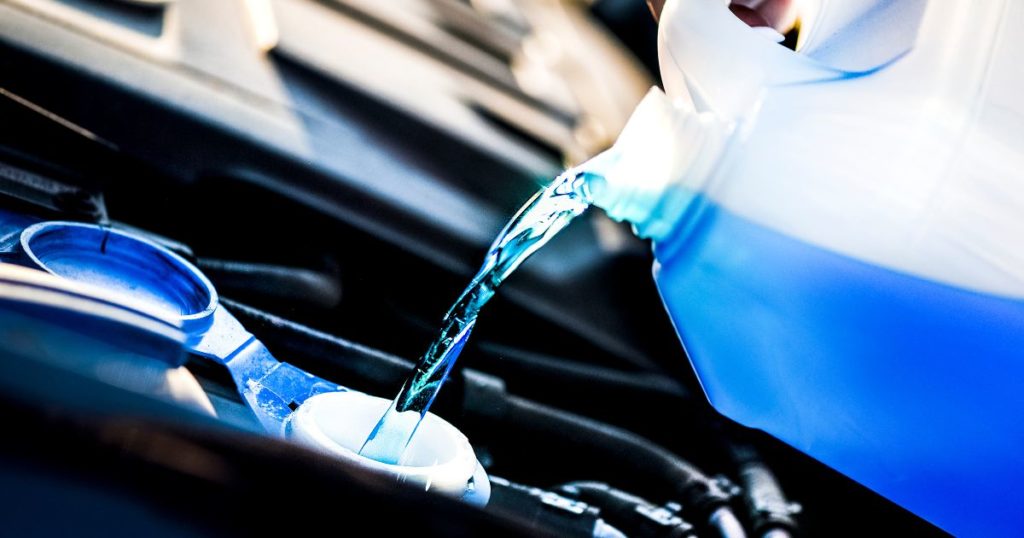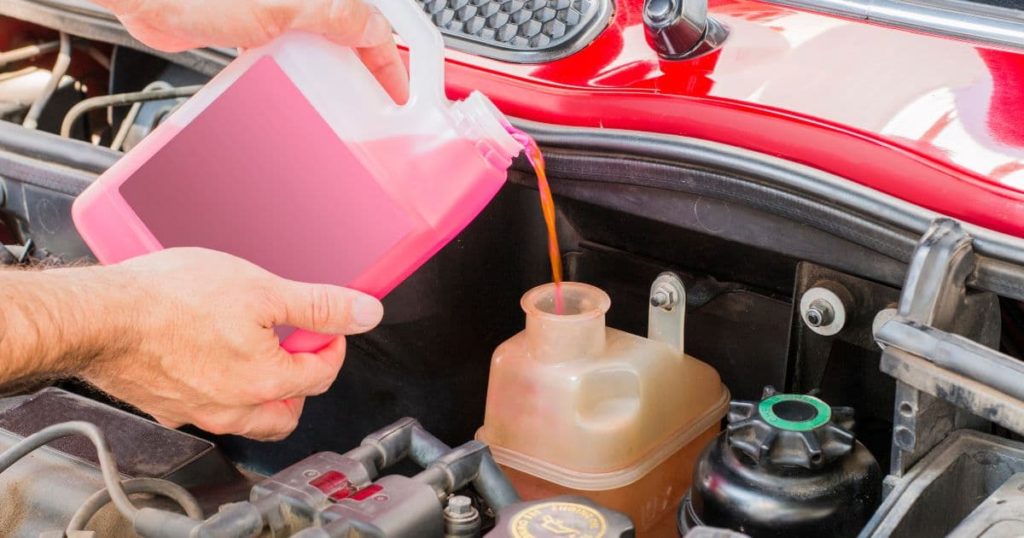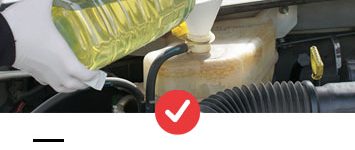The growth in technology has led car manufacturers to develop smart cooling systems. These systems have several heat sensors and electric fans to keep the motor running in almost any weather. However, despite all the R&D-backed upgrades, overheating can happen at almost anytime.
One great way to beat this is by using coolant additives. However, before you buy a coolant, it is crucial to understand what coolants are and how long to wait before adding coolant to hot engine. Keep reading as we explore these details.
Why Do Car Engines Overheat?

Car engines can overheat due to several reasons. Usually, the main reason behind the overheating is a leakage or a block in the engine cooling system. As a result, the cooling system in your car fails to let the heat leave the engine compartment.
On the other hand, a car engine may also overheat in case of a broken radiator fan, faulty water pump, or even simply when the coolant hose gets clogged.
Fortunately, regular car maintenance can help you avoid this problem. It is always important to check your coolant levels to prevent future issues. However, to do so, one should have basic knowledge of car maintenance.
Common Signs of Car Overheating
While every car and situation you are in is unique, there are still some basic signs to look out for which indicate that your car engine is beginning to overheat. These include:
- Steam or even smoke coming from the front hood of your car
- The engine temperature gauge (located in the driver’s console or the dashboard) lights up the letter “H” or moves to the gauge’s red area.
- Strange smell coming from the car’s front hood – however, a leaking coolant can sometimes produce a somewhat sweet smell.
Essential Steps to Take When a Car Overheats
- In case you notice your car overheating, car experts suggest that the first thing you should do is turn on the car’s heater. This draws the warmth away from the engine cooling system and into the passenger compartment. Doing so sometimes is enough to reverse the overheating and is evident if the temperature gauge returns to normal.
- Another crucial step to take is to turn off the A/C. This is because the A/C burdens the engine causing more heat generation. Hence, turning it off relieves the engine, causing it to cool down rapidly.
- If the above does not work and the car overheats, it’s best to cut the engine off and pull over. This will allow your car time to cool off while calling roadside assistance.
- If calling in the experts, like roadside assistance, is not an option, then the best thing to do is to wait for 15 to 20 minutes, so the engine cools down. While you are doing so, do not try to open the hood or the bonnet of the car. Chances are that coolant has overheated, and there is a significant risk of being sprayed with hot steam.
- After 15 minutes, try touching the hood of the car. You can safely add the coolant to the radiator if it is cool enough to handle. However, ensure to wear protective gloves before and exercise caution at all times.
- While learning answers to questions like how long to wait before adding coolant to a hot engine and how to use the coolant itself are essential, it is still nothing more than a temporary fix. The truth is that the reason your car overheated hasn’t been addressed as yet. So, once you have added the coolant and can safely drive the vehicle, it is best to get a professional to inspect your car’s cooling system to determine why your car overheated in the first place.
What Is a Coolant?

A coolant known as an antifreeze is a special fluid that helps control the correct operating temperature of a car’s engine exhaust. It is usually blue or green and is made from ethylene, propylene, glycol, and water.
The coolant is poured into the radiator’s water, which keeps the engine from overheating and freezing. It ensures the engine’s temperature is maintained at the desired levels.
Once the coolant or the antifreeze is poured into the radiator, it moves around different parts of the engine. This, in turn, absorbs all the excess heat from it. The coolant also protects various engine components, so they don’t rust prematurely.
How Long to Wait Before Adding Coolant to Hot Engine?

While adding a coolant to an overheated engine may seem like a natural course of action, car experts recommend not adding a coolant while the engine is still hot.
Instead, the correct way to add a coolant involves waiting about 30 to 60 minutes until your car cools. By doing so, you mitigate the risk of the engine cracking or even burning, which may arise due to the sudden temperature change.
Is It Safe to Drive the Car Immediately After You Add the Coolant?
Once you have emptied the coolant into the engine tank, ensure you screw the cap back on securely. Next, try restarting the car’s engine and checking the temperature gauge to ensure it has returned to normal.
Ideally, it is best to wait a little while before driving off your car after adding the coolant, but if you don’t have an option, proceed with caution. Continue to monitor the temperature gauge while keeping an eye on the hood. Ensure there is no steam or smoke under it or any fluids leaking from the car.
Conclusion
While coolants are essential to your car’s regular maintenance, you must use them carefully. Treating an overheated engine can be risky. Hence, it is always best to update yourself with essential information like which coolant to use, how to add a coolant, and even how long to wait before adding coolant to hot engine. Good luck!





